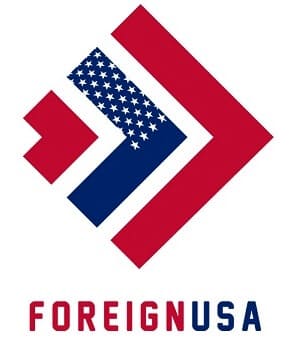State symbols are often adopted after a collaborative effort by citizens and students to have a significant item recognized for its importance to the state. States such as New York, and many others began to adopt some of their own official state symbols several decades ago, and in some cases, over 100 years ago. A state symbol can come in the form of state animals, birds, flowers, fruits, amphibians, nicknames, state seals, and much more.
Citizens, children, and educational institutions often research a particular symbol and make a request for a bill, tracking it all the way through the legislative process with the hope that it is enacted, and a new state symbol is announced for New York. Like other states, there are many New York state symbols. The New York state bird and flower are the Rose (Rosa) and the Eastern Bluebird (Sialia sialis).
What is the New York State Bird?
The beautiful and incredibly unique-looking eastern bluebird is the official New York state bird and has been since 1970. Eastern bluebirds are one of the first species of bird to return to the north during each spring. In addition to New York, Missouri, Idaho, and Nevada all recognize the bluebird as their official state birds.

Eastern bluebirds are medium-sized songbirds, sporting short tails, thick bodies, a large round head, and an assortment of beautiful colors such as black, orange, and blue, with females possessing slightly duller colors. Their main diet consists of insects and small, and easily digestible fruits. They are also good singers, tweeting a whistle that is broken into short phrases such as ‘Tu-wheet-tudu’, or ‘dry chatter’.
How many eastern bluebirds are there? Fortunately, the eastern bluebird population is on the rise, which is great as most U.S.-based birds are declining rapidly in population. Today, there are an estimated 10 million individuals, which is expected to increase rapidly over the next few years!
What is the New York State Flower?
The rose has been the flower to represent the state of New York since 1955. It is not a specific color of rose either, the rose can be any color or combination of colors to symbolize the state. Roses have always been a symbol of love and beauty all across the globe. The rose has been the national flower of the U.S. since the adoption of state and nationwide symbols. Additionally, some rose species have become state flowers for other states. For example, Georgia’s state flower is the Cherokee rose, and Iowa and North Dakota use the wild prairie rose as their official state flower.

Roses and their variations have been around for over 35 million years and grow naturally in abundance across the majority of North America. They also come in a plethora of beautiful colors, such as pink, red, white, yellow, and many more. Both the petals from the flower and the rose hips are edible and have been used in medicines for many years.
Most states will have their symbols showcase a relevant story, that is indicative of the state and its history, and the Empire State puts its history and what it stands for across very well in its state bird and flower. These interesting facts about New York and a whole host of others are what makes the state so unique and fascinating to those that live there, those that are planning to visit, or are researching the historical events of the state and what they symbolize.


